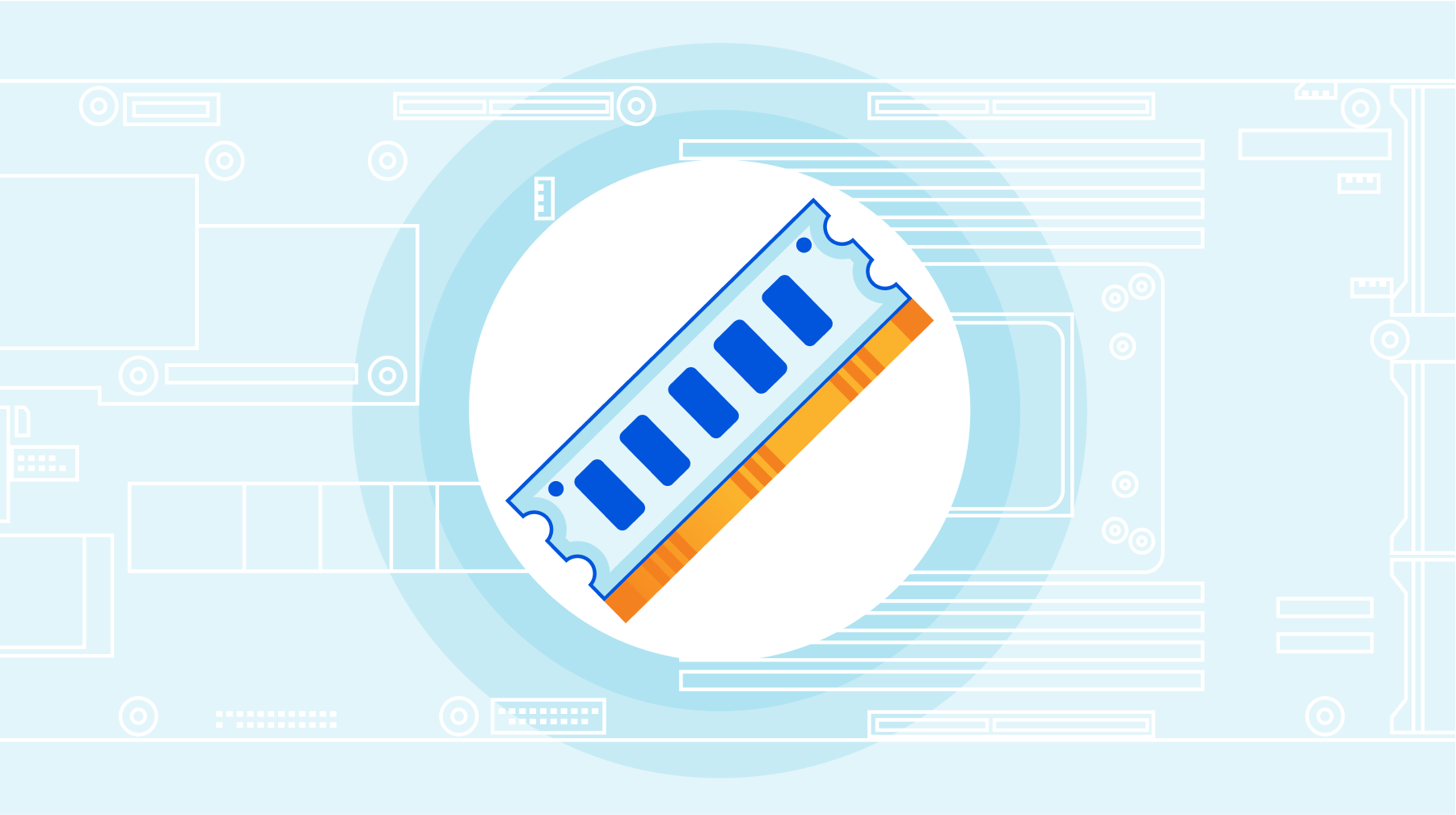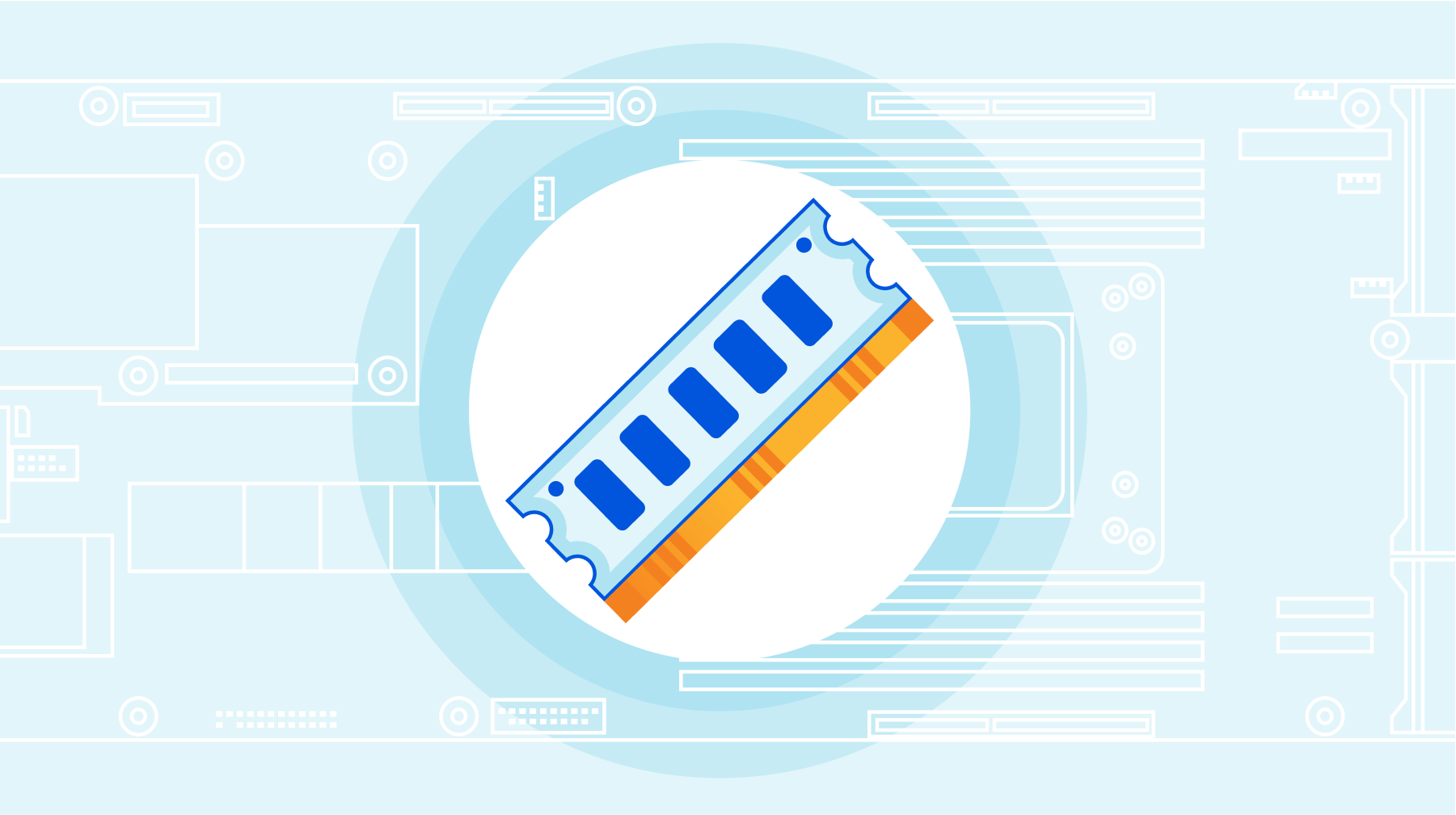Day Two Cloud 191: Modernizing Cloud Security And Optimizing Costs With Jo Peterson
Today's Day Two Cloud delves into cloud security and cloud cost optimization for SaaS and public clouds. Our guest is Jo Peterson. On the security front, we compare and contrast traditional on-prem and cloud security challenges, explore the shared responsibility model of cloud security, and more. For cost optimization we discuss the growing concern about cloud costs, why optimization tools still need humans, tips for tracking multicloud spending, and more.New Zayo Submarine Cable Adds Faster, Redundant US–UK Route
Amid growing threats from bad actors, geopolitics, and climate change, Zayo Group announces a new submarine cable route between New York and Manchester.Where’s the Fish?
“Life is Good” has this great shirt I have a few of – “WTF: Where’s the Fish?” It is actually a question I get asked a lot. Where did I go? Where are my blogs? Where are my YouTubes? Where... Read More ›
The post Where’s the Fish? appeared first on Networking with FISH.
DDR4 memory organization and how it affects memory bandwidth


When shopping for DDR4 memory modules, we typically look at the memory density and memory speed. For example a 32GB DDR4-2666 memory module has 32GB of memory density, and the data rate transfer speed is 2666 mega transfers per second (MT/s).
If we take a closer look at the selection of DDR4 memories, we will then notice that there are several other parameters to choose from. One of them is rank x organization, for example 1Rx8, 2Rx4, 2Rx8 and so on. What are these and does memory module rank and organization have an effect on DDR4 module performance?
In this blog, we will study the concepts of memory rank and organization, and how memory rank and organization affect the memory bandwidth performance by reviewing some benchmarking test results.
Memory rank
Memory rank is a term that is used to describe how many sets of DRAM chips, or devices, exist on a memory module. A set of DDR4 DRAM chips is always 64-bit wide, or 72-bit wide if ECC is supported. Within a memory rank, all chips share the address, command and control signals.
The concept of memory rank is very similar to memory bank. Memory rank is a term used Continue reading
New: Network Infrastructure as Code Resources
While I was developing Network Automation Concepts webinar and the network automation online course, I wrote numerous blog posts on the Network Infrastructure as Code (NIaC) concepts, challenges, implementation details, tools, and sample solutions.
In March 2023 I collected these blog posts into a dedicated NIaC resources page that also includes links to webinars, sample network automation solutions, and relevant GitHub repositories.
New: Network Infrastructure as Code Resources
While I was developing Network Automation Concepts webinar and the network automation online course, I wrote numerous blog posts on the Network Infrastructure as Code (NIaC) concepts, challenges, implementation details, tools, and sample solutions.
In March 2023 I collected these blog posts into a dedicated NIaC resources page that also includes links to webinars, sample network automation solutions, and relevant GitHub repositories.
The Internet Twenty-Five Years Later
In 1998 any lingering doubts about the ultimate success of the Internet as a global communications medium had been thoroughly dispelled. The Internet was no longer just a research experiment, or an intermediate way stop on the road to adoption of the Open Systems Interconnect (OSI) framework. There was nothing else left standing in the data communications landscape that could serve our emerging needs for data communications. IP was now the communications technology for the day, if not for the coming century. No longer could the traditional telecommunications enterprises view the Internet with some polite amusement or even overt derision. The Internet had arrived.Full Stack Journey 077: A Career Journey From Finance To InfoSec
On today's Full Stack Journey podcast, Scott Lowe talks with Alexandria Leary who left a career as a financial advisor to break into cybersecurity. Alexandria and Scott discuss the reasons why she changed careers, and provide some information and resources useful for others who are seeking to find a career in cybersecurity.
The post Full Stack Journey 077: A Career Journey From Finance To InfoSec appeared first on Packet Pushers.
Full Stack Journey 077: A Career Journey From Finance To InfoSec
On today's Full Stack Journey podcast, Scott Lowe talks with Alexandria Leary who left a career as a financial advisor to break into cybersecurity. Alexandria and Scott discuss the reasons why she changed careers, and provide some information and resources useful for others who are seeking to find a career in cybersecurity.Hands-on guide: How to scan and block container images to mitigate SBOM attacks
According to OpenLogic’s Open Source Adoption and Expansion in 2022 Report, the adoption of Open Source Software (OSS) across all sizes of organizations is rising with 40% of respondents stating an increase of OSS software over the previous year and 36% reporting a significant increase in OSS software usage. The increase in OSS adoption can be attributed to a number of factors including access to the latest innovations, reduction in costs and frequent product updates. However, leveraging community contribution introduces the potential for malicious code to be attached. For example, a series of 2022 case studies conducted by the Package Analysis project, part of the Open Source Security Foundation (OpenSSF), details a number of malicious packages from widely used repositories such as PyPi and NPM. Therefore, it is essential to determine the vulnerabilities in any container image before its deployment into the environment. Calico Cloud’s Image Assurance capabilities enables Vulnerability Assessment for any image. We often hear this referred to as Image Scanning.
Looking for vulnerabilities in images
In order to assess the posture of container images the components that make up an image must be broken down. We refer to this inventory as the Software Bill of Materials Continue reading
Learn How to Conquer Lateral Cybersecurity Risks at RSAC 2023

In a world without neatly defined network perimeters, lateral security—means detecting and mitigating threats from malicious actors who are already inside your network—is the new front in cybersecurity. To detect lateral threats, businesses need comprehensive visibility into what’s happening inside their IT estates, not just around them. They need to see every packet and every process at every endpoint.
At the upcoming RSA conference in San Franciso, we’ll be highlighting how VMware technologies like Project Northstar help organizations conquer lateral security threats. Keep reading for a sneak peek of what to expect from the VMware team at the event, and join us at RSA Conference from April 24-27 2023 at Moscone Center, North Expo Booth#5644 in San Francisco to check out the latest innovations in cloud networking and security for yourself.
Lateral Movement is the New Cyber Battleground
VMware security strategy consists of five key pillars, and we’ll be showing off all of them at the RSA Conference:
- Networking Security with NSX
- Carbon Black XDR
- Secure the Hybrid Workforce
- VMware SASE and SD-WAN
- Modern Apps Security
We’ll demonstrate these concepts at our booth by walking visitors through use cases and demos, allowing attendees to explore Lateral Security defense strategies Continue reading
HS046 What Do We Do About China ?
The new geopolitical reality means that China is part of IT Strategy. The supply chain is changing, joint ventures are limited and more.
The post HS046 What Do We Do About China ? appeared first on Packet Pushers.
HS046 What Do We Do About China ?
The new geopolitical reality means that China is part of IT Strategy. The supply chain is changing, joint ventures are limited and more.Consent management made easy and clear with Cloudflare Zaraz


Depending on where you live you may be asked to agree to the use of cookies when visiting a website for the first time. And if you've ever clicked something other than Approve you'll have noticed that the list of choices about which services should or should not be allowed to use cookies can be very, very long. That's because websites typically incorporate numerous third party tools for tracking, A/B testing, retargeting, etc. – and your consent is needed for each one of them.
For website owners it's really hard to keep track of which third party tools are used and whether they've asked end users about all of them. There are tools that help you load third-party scripts on your website, and there are tools that help you manage and gather consent. Making the former respect the choices made in the latter is often cumbersome, to say the least.
This changes with Cloudflare Zaraz, a solution that makes third-party tools secure and fast, and that now can also help you with gathering and managing consent. Using the Zaraz Consent Manager, you can easily collect users’ consent preferences on your website, using a consent modal, and apply your consent policy Continue reading
Measuring network quality to better understand the end-user experience


You’re visiting your family for the holidays and you connect to the WiFi, and then notice Netflix isn’t loading as fast as it normally does. You go to speed.cloudflare.com, fast.com, speedtest.net, or type “speed test” into Google Chrome to figure out if there is a problem with your Internet connection, and get something that looks like this:

If you want to see what that looks like for you, try it yourself here. But what do those numbers mean? How do those numbers relate to whether or not your Netflix isn’t loading or any of the other common use cases: playing games or audio/video chat with your friends and loved ones? Even network engineers find that speed tests are difficult to relate to the user experience of… using the Internet..
Amazingly, speed tests have barely changed in nearly two decades, even though the way we use the Internet has changed a lot. With so many more people on the Internet, the gaps between speed tests and the user’s experience of network quality are growing. The problem is so important that the Internet’s standards organization is paying attention, too.
From a high-level, there are three grand network Continue reading
Making home Internet faster has little to do with “speed”


More than ten years ago, researchers at Google published a paper with the seemingly heretical title “More Bandwidth Doesn’t Matter (much)”. We published our own blog showing it is faster to fly 1TB of data from San Francisco to London than it is to upload it on a 100 Mbps connection. Unfortunately, things haven’t changed much. When you make purchasing decisions about home Internet plans, you probably consider the bandwidth of the connection when evaluating Internet performance. More bandwidth is faster speed, or so the marketing goes. In this post, we’ll use real-world data to show both bandwidth and – spoiler alert! – latency impact the speed of an Internet connection. By the end, we think you’ll understand why Cloudflare is so laser focused on reducing latency everywhere we can find it.
First, we should quickly define bandwidth and latency. Bandwidth is the amount of data that can be transmitted at any single time. It’s the maximum throughput, or capacity, of the communications link between two servers that want to exchange data. Usually, the bottleneck – the place in the network where the connection is constrained by the amount of bandwidth available – is in the “last mile”, either the Continue reading